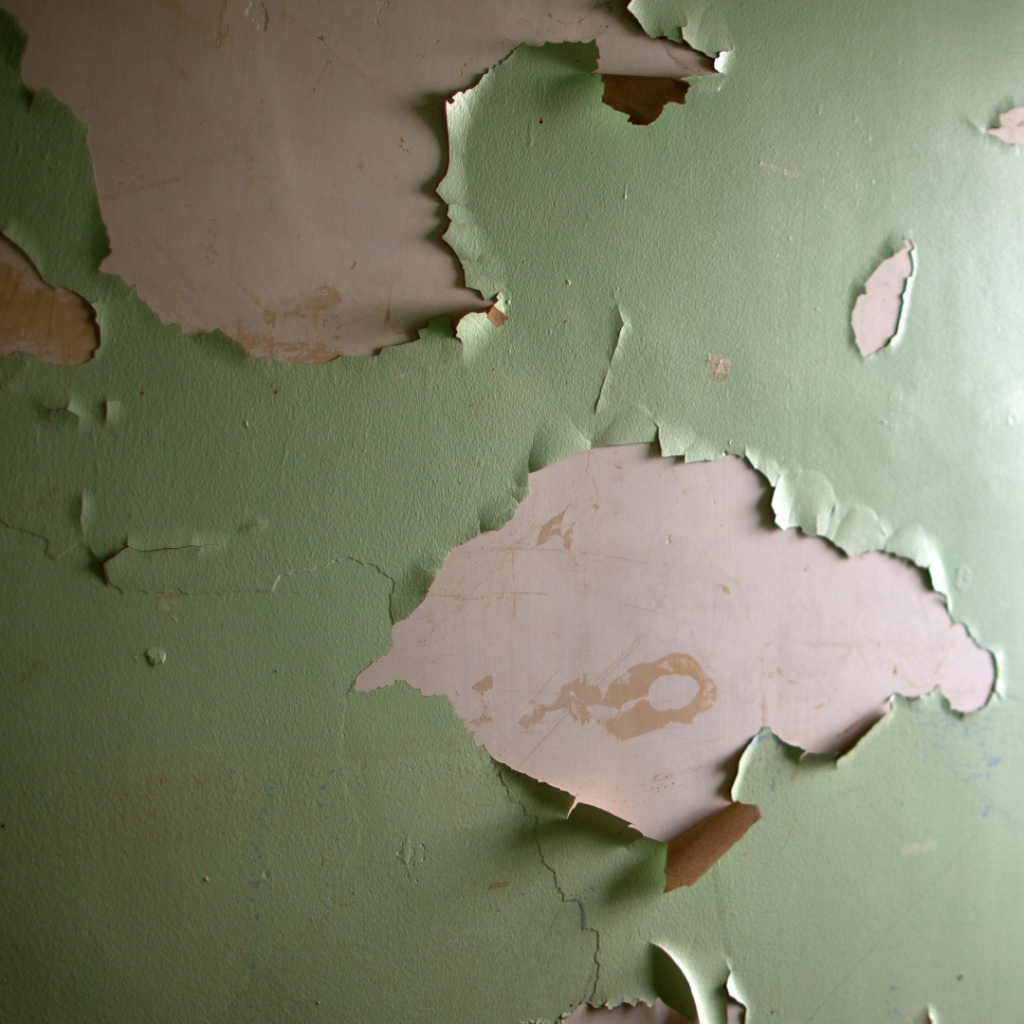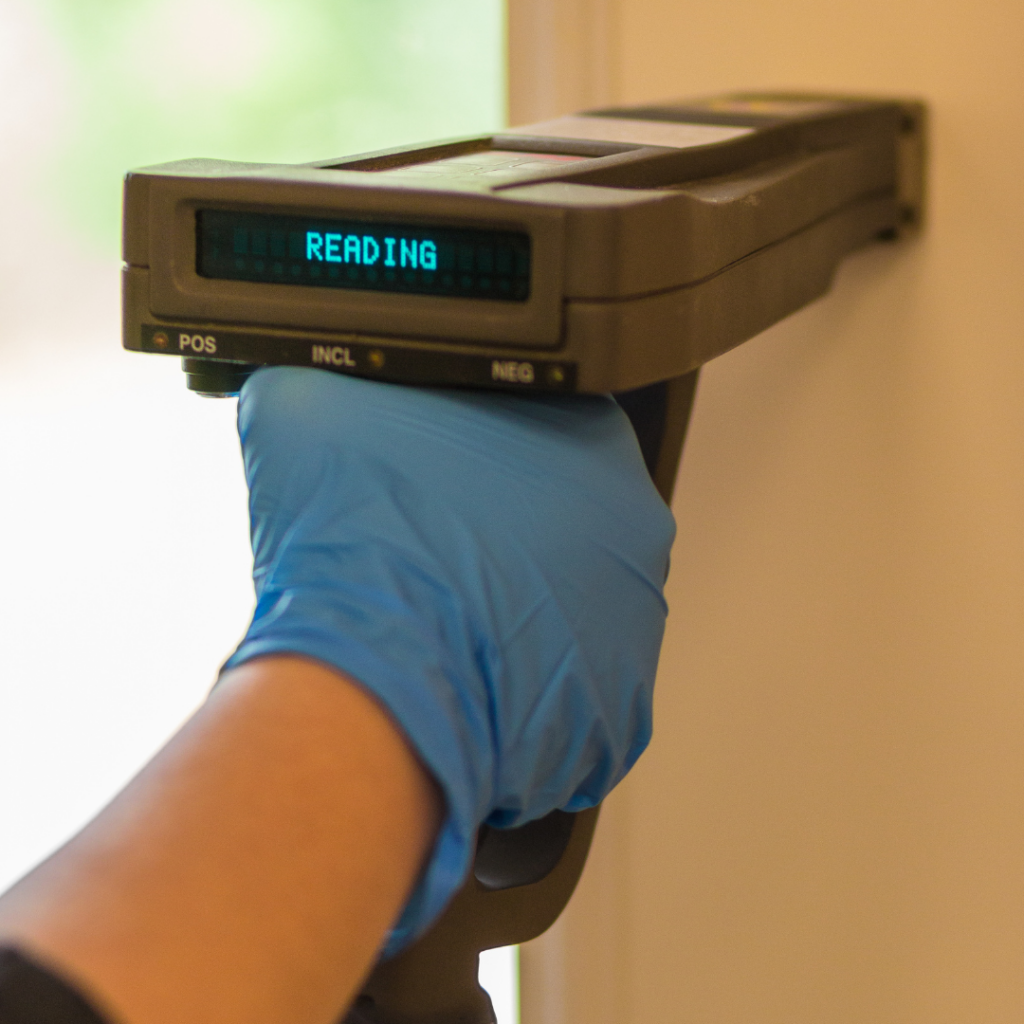
If your home was built before 1978, there’s a good chance it contains lead-based paint. For families on Long Island and beyond, this poses a serious health risk, particularly to young children. Lead exposure can lead to developmental delays, learning disabilities, and other long-term health issues. Understanding the dangers and taking steps to create a lead-free environment is essential for protecting your family.
The Risks of Lead-Based Paint
Lead-based paint was commonly used in homes before it was banned in 1978 due to its toxic effects. Over time, this paint can chip, peel, or turn into dust, which can be inhaled or ingested by children. Because young kids often put their hands and toys in their mouths, they are especially vulnerable to lead poisoning. Even low levels of lead exposure can cause:
- Cognitive and behavioral issues
- Learning difficulties
- Developmental delays
- Lower IQ and attention span
- Nervous system damage
Pregnant women are also at risk, as lead exposure can harm fetal development.
How to Identify Lead in Your Home
If you live in an older home, assume lead paint may be present unless testing proves otherwise. Here’s how to check:
- Hire a certified lead inspector: A professional can test paint, dust, and soil for lead contamination. The Environmental Protection Agency (EPA) provides resources to find certified inspectors.
- Use an at-home test kit: These are available at hardware stores, but professional testing is more reliable.
- Check for deteriorating paint: Peeling or chipping paint, especially around windows, doors, and trim, can be a sign of lead risk.
Steps to Ensure a Lead-Free Environment
If lead is present in your home, don’t panic—there are ways to minimize exposure and protect your family:
1. Keep Paint Intact
Well-maintained, undisturbed lead paint is less likely to be hazardous. Regularly check painted surfaces for signs of wear.
2. Practice Safe Cleaning Habits
- Use a HEPA-filter vacuum to clean up dust.
- Wet-mop floors and wipe surfaces with damp cloths to trap and remove lead dust.
- Wash children’s hands, toys, and pacifiers frequently.
3. Make Home Improvements Safely
- Never sand, scrape, or remove lead paint yourself without professional guidance.
- If renovating, hire a lead-certified contractor to handle repairs safely.
- Seal or cover lead paint with encapsulation products instead of removing it entirely.
4. Check Water Sources
Older pipes may contain lead. Test your drinking water and consider installing a certified water filter if lead is detected.
5. Get Your Child Tested
If you suspect lead exposure, ask your pediatrician for a blood lead test. The CDC’s Lead Poisoning Prevention Program offers guidelines on testing and treatment.

Lead-Safe Living for Long Island Families
If you live in a home built before 1978, being proactive about lead safety is crucial. Whether you’re renting, buying, or renovating, make sure your home is lead-free to ensure a safe environment for your family. Long Island has local resources and professionals who can help with testing and lead removal—don’t hesitate to reach out to us to get your home tested.
Protecting your children from lead exposure starts with awareness and action. If you’re unsure about your home’s safety, take the necessary steps today to create a healthier future for your family.
